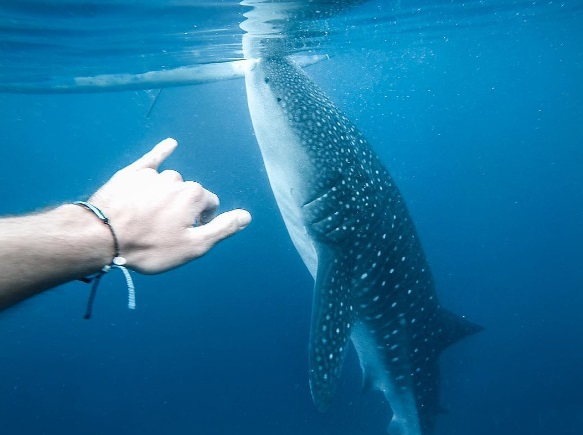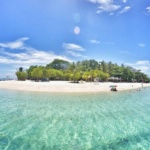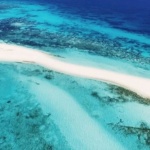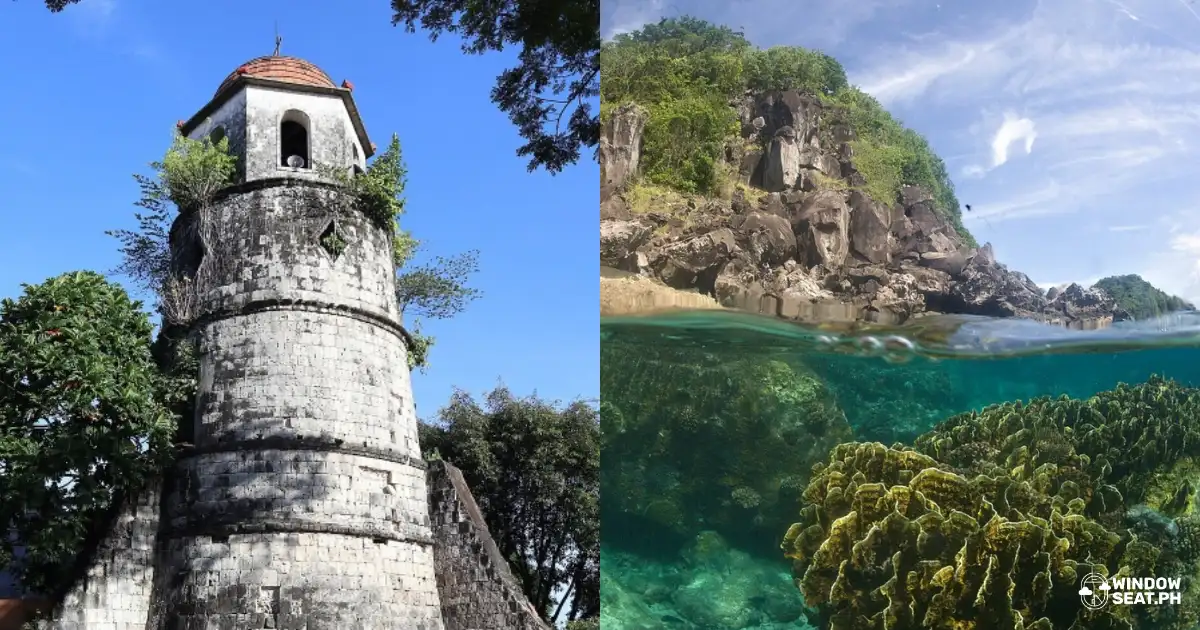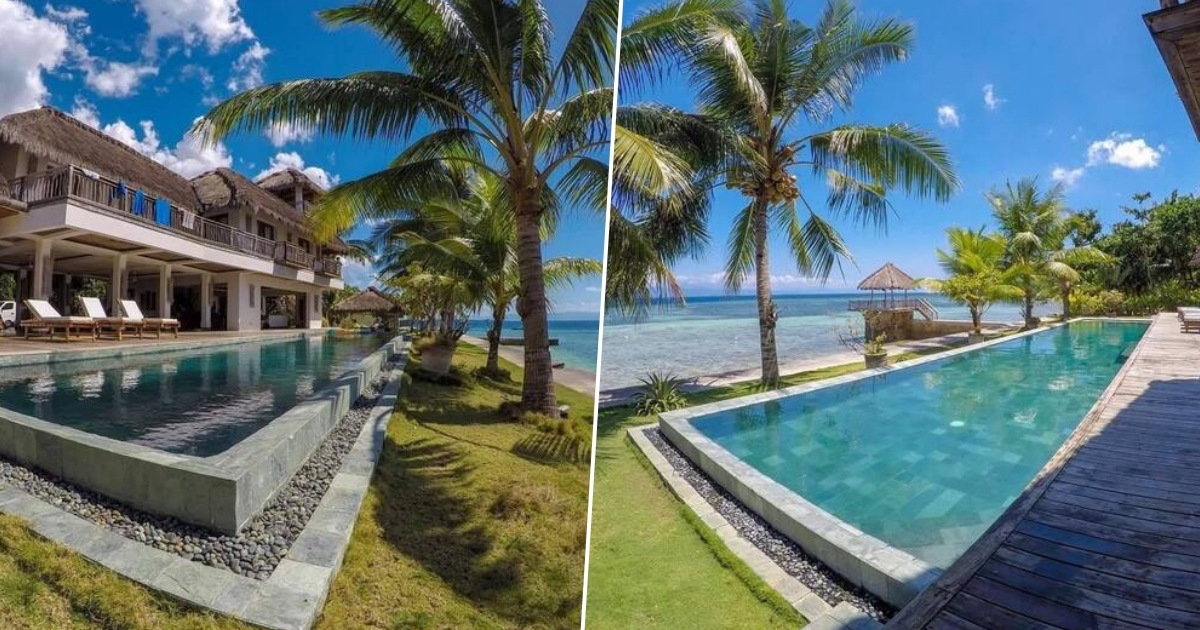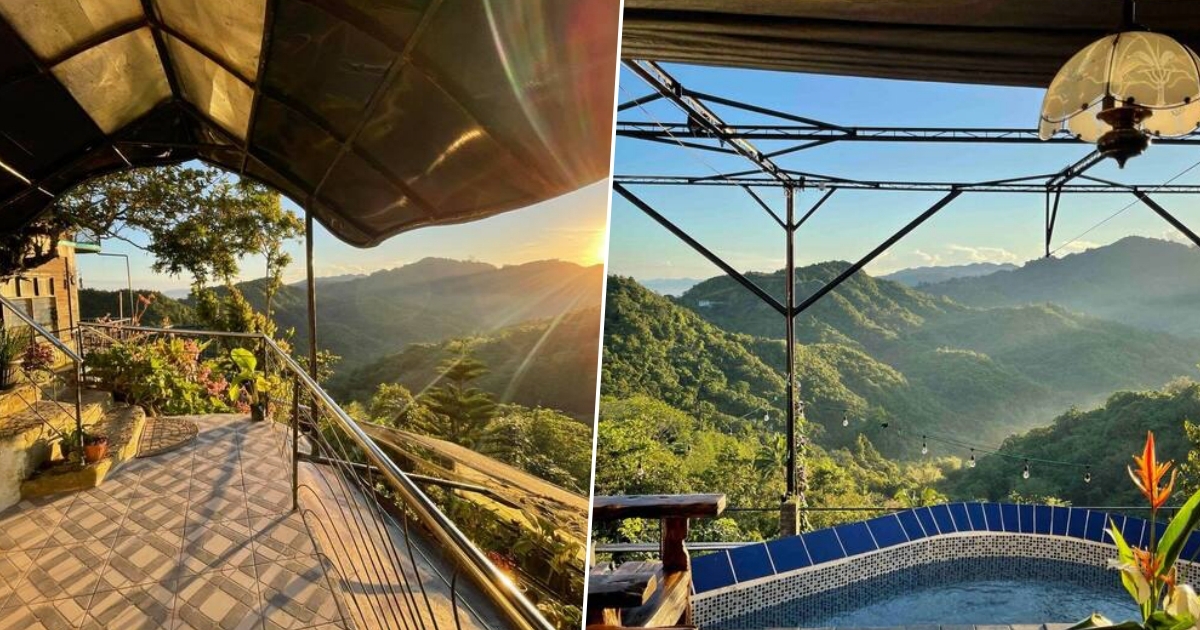Weekend Adventure: Swimming with the Giants of Oslob
"The sight of them swimming underneath your boat, occasionally bumping it, was one for the books."
by Carlo Mallo | May 30, 2016
It was one of the things in my bucket list that I never thought would be possible. It was an image from one of the pages of an old issue of National Geographic that has been imprinted on my mind—a scuba diver looking like a fry beside a humongous whale shark.
Considering that its name contains the word shark was more than enough to pique my interest, its sheer size just fueled my desire to see it in its natural habitat.
One Friday night in May, just as the election season was entering its homestretch, I boarded the last flight out of Manila—the metropolis of 15 million people a vision of yellow, white, and red lights from the window seat. At half past midnight, the plane landed in Cebu and I was whisked to my hotel.
A couple of hours later I was roused by my alarm clock, donned my swim shorts, boat shoes, and floral button-downs that was more appropriate for the marina. The hotel lobby was only half lit when I exited it, and I immediately dozed off as the van sped towards the southern part of the province of Cebu.
Our destination: the coastal town of Oslob.
Tempting as sleeping on the two to three hour trip may sound, try to stay awake and witness the sun rise over the Cebu Strait. The coastal road also passes through several towns that give a sneak peek into the various moments in the history of Cebu and the lifestyle of the locals.
The town of Oslob is marked with drawings of whale sharks in various hues of blue and other sea animals. The van entered one of the resorts in the area; the road is lined with resorts, just take your pick.
I thought I was dressed for the occasion, but I was wrong. There are no viewing yachts, just the regular outrigger boat that will be paddled into the middle of the sea. And there was no viewing party; one has to swim with the whale sharks.
Good thing it was in the Philippines and it was in Cebu. One of the boatmen saw my dilemma and volunteered to purchase rubber slippers for me from the mercado or market. After a quick lecture on the do’s and don’ts of swimming with the whale sharks, we were paddling our way to the part of the sea where a group of boats loaded with tourists were already milling about.
The experience of seeing photos of the whale sharks is nothing compared to seeing them up close in their natural habitat. The sight of them swimming underneath your boat, occasionally bumping it, was one for the books.
Jumping into the water, which smells of fermented shrimp paste, brings the experience to an all new level. Touching the whale sharks is not allowed, but they can get really interactive—suddenly appearing behind you, or swimming beneath you.
While they feast on the shrimp being fed to them by the boatmen, their wide gaping mouths can give you the impression that they are to be feared. But no, they are considered to be one of the gentlest creatures of the sea, just quietly swimming around eating planktons and shrimp.
After an hour or so of swimming, and having the compulsory photos taken, we were paddled back to the shore. A simple breakfast of hotdogs, corned beef, and sunny side-ups was laid out for us. And yes, first thing to do when you get back to the shore is to shower to get rid of the smell of the fermented shrimp paste.

Shortly before lunch we were on our way back to Cebu. And the swimming with the whale sharks is only allowed until lunch time in order to allow the sharks to thrive in peace.
But a trip to the southern part of Cebu is not complete without making a stopover at the Carcar Public Market—home of the best lechon, chicharon, and mangoes in the whole of Cebu.
The experience of choosing the lechon in itself is like a pilgrimage—you stop from one stall to another to get a taste of the lechon that suits your taste buds the most. Grab a table from one of the carinderias nearby and order a dozen pusô. And as you are about to end your binge, ask the carinderia staff to help you find the sweetest and most succulent mangoes in the market. The mangoes were even better than what the hotel in the city served.
Just before we exited town, we dropped by a rotunda where the special Carcar chicharon was being sold by the kilo. I think the tasting I did would have already cost me a kilo.
When the van pulled up in the hotel lobby, I was in the middle of a food coma. That distinct brand of exhaustion one feels after swimming in the sea. I shut the windows of the hotel and the room at a cool 18 degrees Celsius for an afternoon nap. I woke up and thought everything was a dream, until I saw a photo of me underwater, with a silhouette of a giant fish in the background.
Got a story to share? Send us an email at editor@windowseat.ph!
Also read:
Virgin Island: The Untouched Beauty of Cebu
Beachfront Resorts in Batangas That You Can Visit This Weekend
Top Road Trip Destinations near Manila
4 Beautiful White Beaches near Metro Manila
12 Mountains near Manila for Newbie-Friendly Day Hikes
6 of the Hippest Places to Stay in Baler



